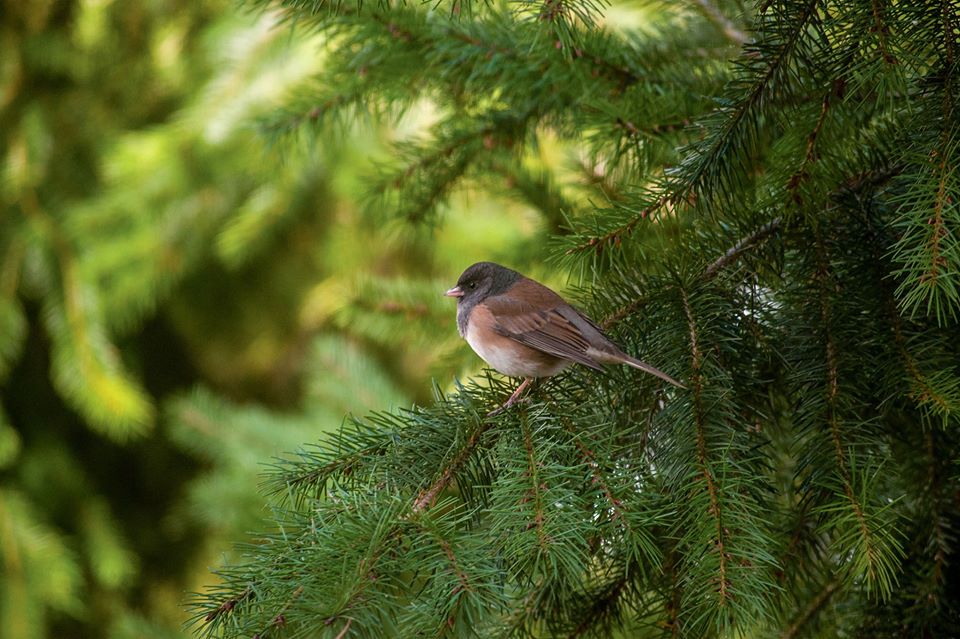Energy and Permaculture by David Holmgren
The sustainability debate has shown a deep confusion about the processes and systems which support life and humanity. The lack of conceptual tools to incorporate previously ignored environmental "givens" into calculations used by economists and decisionmakers is painfully obvious. There are no simple answers to the complex question of costs, benefits, and sustainability. However, there is a natural currency we can use to measure our interdependence on our environment and assist us to make sensible decisions about current and future action. That currency is energy. Energy Laws The energy laws governing all natural proceses are well understood and have not been challenged by any of the revolutions in scientific thinking during the 20th century. These laws are called the first and second laws of thermodynamics. First Law: the law of conservation of energy. Energy is neither created or destroyed. The energy entering the system must be accounted for either as being stored...
Keystones and Cops: An Eco-Mystery Thriller by Peter Bane
The following article originally appeared in Permaculture Activist (now Permaculture Design Magazine) on May 2003, issue #50, which had the theme Ecosystems: Succession and Evolution.Keystones and Cops: An Eco-Mystery Thriller by Peter Bane If you'd just witnessed the crime of the century and you thought you knew the culprit and the story, wouldn't you be eager to tell it? No, I don't mean Dubya and the Twin Towers - that one's already been figured out, but another story, from another century, copiously reported but equally misunderstood. Ninety-nine years ago, also in New York, officials identified a sinister Asian invader as the cause of what would become the catastrophe of modern North American history. Livelihoods would be devastated, vast tracts of the country depopulated, violence and crime would explode in the wake of the disaster; whole communities were dragged into drug trafficking. Slow at first to react, the nation soon grasped the full implications of the tragedy. A crash...
Who Am I to Farm? by Peter Bane
From issue #82 of The Permaculture Activist (now Permaculture Design Magazine), GROWING STAPLE CROPS • NOVEMBER 2011, excerpted from Peter's new book: The Permaculture Handbook: Garden Farming for Town and Country.Who Am I to Farm?: The Dream of the Suburbs by Peter Bane Today only 0.3% of Americans and 2.2% of Canadians derive their primary income from farming.(1) This is the smallest proportion of the population devoted to farming in the history of either nation or in the history of the world. No other societies have made our basic connection to the earth and the garnering of sustenance such a marginal specialty. Are we, as economists and prophets of progress proclaim, more evolved and more efficient, freeing up labor from the drudgery of farming to perform more complex and rewarding tasks in industry or the creative professions? Or have we so lost ourselves in thrall to the logic of the machine, that we will sacrifice everything to it, the quality of our food, our health, the...

North America Has Lost More Than 1 in 4 Birds in Last 50 Years, New Study Says
North America Has Lost More Than 1 in 4 Birds in Last 50 Years. "As expected, the study showed that birds that breed in at-risk habitats such as grasslands and the Arctic tundra are declining drastically. Grasslands in particular posted the biggest losses, with more than 700 million breeding individuals lost across 31 species since 1970, a more than 50% decline. Far more surprising were far-reaching declines across habitats and bird types. About 90% of the missing birds came from 12 distinct and widespread bird families, including warblers, sparrows, blackbirds, and finches. Common birds found in many different habitats—even introduced, ubiquitous species like European Starlings—experienced some of the steepest drops. Feeder birds like the Dark-eyed Junco declined by nearly 170 million individuals, the study's models estimated, while White-throated Sparrows dropped by more than 90 million. There isn’t one single factor that can account for these pervasive losses. Habitat loss is...
Another Kind of Energy or ComPost-Modernism
Another Kind of Energy or ComPost-Modernism by Peter Bane Copyright © Nov. 2000, Permaculture Activist magazine. This article originally appeared in The Permaculture Activist, #44 PERMACULTURE HAS ITS GENESIS in the visionary work of J. Russell Smith, J. Sholto Douglas, Robert Hart, and others less well known, who, two generations ago and more, realized the urgency of transforming the basis of agriculture through the use of trees and other perennial crops. They saw the progressive devastation of land that followed the plow and knew that only by integrating forestry and farming could man’s impact on the Earth be tempered and hope for humanity’s future be secured into the next century. Following the revelations of ecologist H. T. Odum (I) on the problem of energy, a third leg was added to this vital synthesis as David Holmgren so trenchantly expounds in his essay Energy and Permaculture (2). It was for Holmgren, a young student of design at Hobart. Tasmania, and his unlikely...

Recent Comments